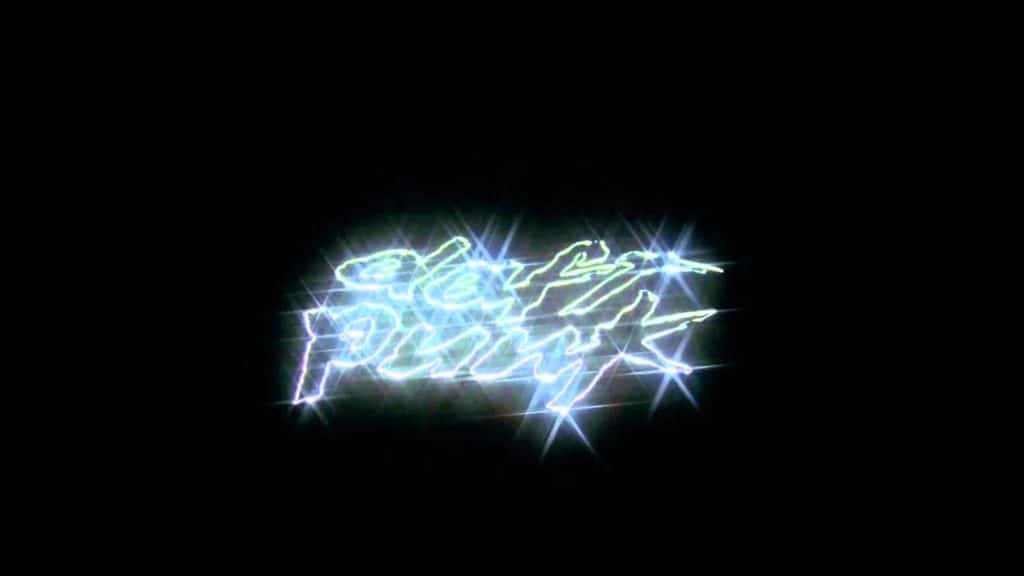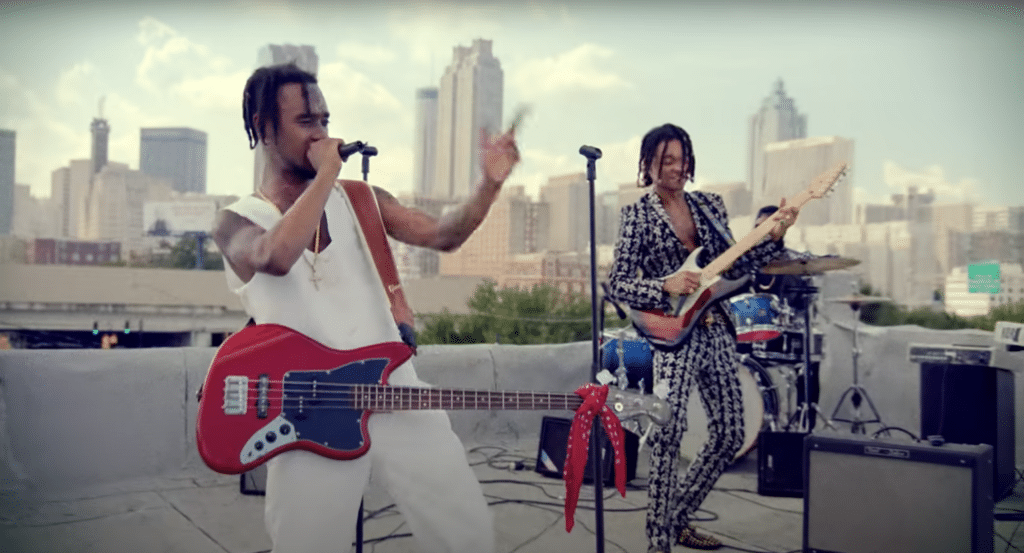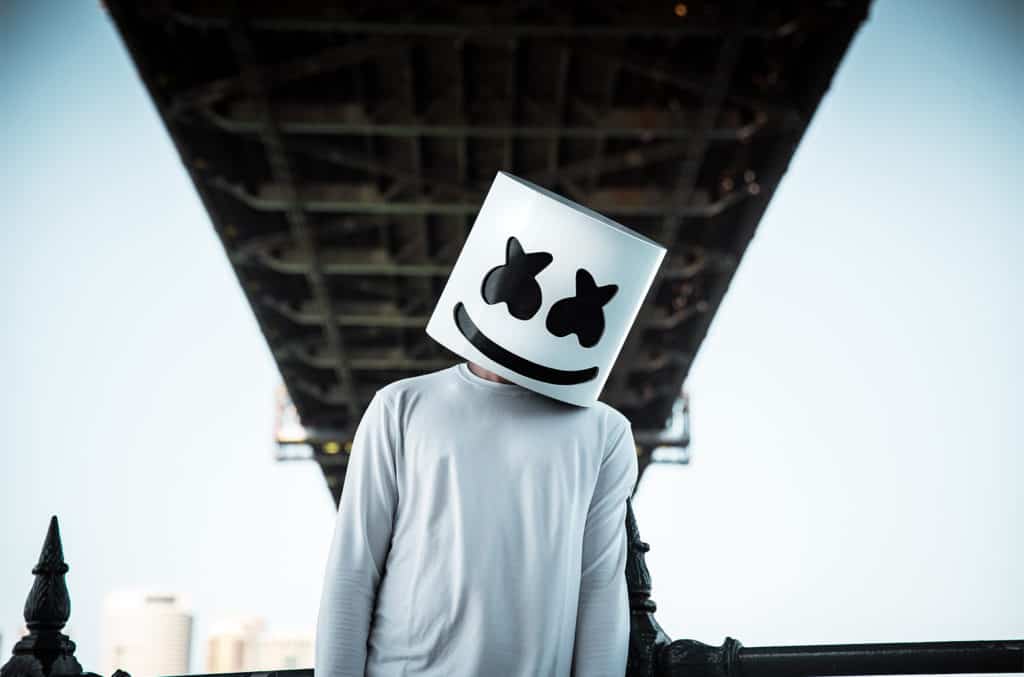Going viral is an artist’s dream.
One Instagram post or tweet catches fire, and within 72 hours a song is in front of millions of people.
But the reality is it’s hard to make things go viral, no matter how hard you try.
It’s difficult to predict how users will react to certain pieces of content, and whether or not they’ll share it.
Although it’s impossible to guarantee that a song will go viral, there is a lot to be learned from songs that have gone viral. In fact, there are a few common threads in every viral music marketing campaign.
An overview
Most successful viral campaigns will include one or a few of the following techniques:
- The content is genuinely unique and creative.
- The content is associated with big artists/celebrities.
- The content gives users something to do/share/create.
The first step in viral marketing is to create something worth sharing. Viral content needs to engage people. If it doesn’t, it’ll end up in the social media graveyard.
But creating something worth sharing isn’t enough on its own. Once the content is created, the next step is to get that content in front of as many faces as you can. This is where viral marketing comes into play.
Generally speaking, there are two types of viral marketing: purposeful and incidental.
- Purposeful viral marketing happens when there is a tactical and dedicated plan in place to make a piece of content go viral.
- Incidental viral marketing happens when a piece of content spreads by itself, with no initial plan or effort by the original content creator.
An example of purposeful viral marketing is Daft Punk’s first teaser for their 2013 album Random Access Memories.
Their initial 15 second plug on Saturday Night Live lit a fire under the song, making the 15-second preview a viral hit overnight. This is a clear example of a purposeful marketing campaign.
A prime example of incidental viral marketing is Baauer’s “Harlem Shake.”
Baauer himself didn’t create the original Harlem Shake video: an amateur comedy channel on Youtube came up with the skit, and attached his song to it.
So while Baauer didn’t consciously create a viral hit, through the efforts of a single YouTuber the trend made viral history.
Going back to the previous point, these songs achieved viral success through different avenues, but they share a common thread…
Quality content.
Harlem Shake was an underground hit in the DJ community before the first “Harlem Shake Video” was created.
Similarly, putting aside the Daft punk brand name and choice (expensive) SNL advertisement, “Get Lucky” is an undeniably catchy song.
In this article, we’ll take a look at 5 examples of viral marketing campaigns: I’ll break down where they started, how they became viral, and key takeaways from each success story.
My hope is that you’ll learn practical strategies you can use to increase the organic growth of your music, and gain key insights into industry-standard marketing techniques.
If you want 5 more examples of viral marketing campaigns, download this free PDF guide.
#1: Daft Punk – Get Lucky

Daft Punk’s “Get Lucky” shaped the music industry in a dramatic fashion.
The song was released during the EDM bubble of 2013, a time when the pop industry desperately needed a rebrand.
The first clip of the song aired during a 15-second commercial on NBC’s Saturday Night Live. The video showed a basic animation of iconic Daft Punk logo, paired with a snippet of their song “Get Lucky”.
Instantly, fans began speculating about the song, its collaborators, and its release date.
People made mashup videos of the songs, extended versions (since the original loop is ~7 seconds), and much more.
The keys to success in this case aren’t too complicated, but it’s nonetheless an important story to highlight. They are:
- An iconic duo with a loyal following teases their first studio album in 8 years.
- A carefully placed prime time commercial spot on a culturally relevant show.
- A song teaser that made the track a hit before the song was released.
While the first two likely won’t apply to you, the last one is an incredibly powerful technique (one you’ll see throughout this article).
Even before the track was on iTunes, it was destined to become a hit. People knew the song and were anxious to get their hands on it. By teasing it out to the listener piece by piece, they built up anticipation for the release.
This plays off of the modern cultural phenomenon that people love to be the first to discover something new.
People love to discover a song before it reaches the mainstream.
This is why the teaser technique works so well: it builds anticipation for a release that, in turn, boosts the success of the launch. Rather than trying to get people’s attention on launch day, listeners have it saved in their calendars and show up the second the song is released. This increases the initial success of the song, making it more likely to grow on its own.
Key Takeaways
- Leverage your existing fan base.
- Meet people where they are.
- Build anticipation for a release by teasing out snippets prior to launch day.
#2: Baauer – Harlem Shake

If you’re reading this article, that means you’ve been on the internet before, which means you know about the Harlem Shake.
The Harlem Shake video craze was undeniable: it spread like wildfire in a matter of 48 hours and saturated all aspects of culture. It launched Baauer’s career from the underground to the mainstream, and created a viral video trend that still lives to this day (but we’re all sick of it… let’s be honest)
But how did it all happen? What made the Harlem Shake and the Harlem Shake videos so special?
Before we dive into it, let’s look at a quick recap of the trend’s history.
The song “Harlem Shake” was released in June of 2012 on Mad Decent.
The song was initially successful, garnering moderate support from the DJ community.
The first “Harlem Shake video” was created in February of 2013 by an amateur youtube comedian called Filthy Frank.
His initial video got support from the major electronic music blogs, and he immediately followed up with different versions of the Harlem Shake video.
The power of simplicity
This was the kicker.
A creative, simple concept that was easily replicated.
This is the exact same reason that Damn Daniel or the Ice Bucket Challenge took off. People saw these videos and thought, “Hey, that’s so simple I could do it.”
So when people saw the Harlem Shake, they made their own version. A lot of them. Really quickly.
From there, you all know the rest. The song achieved mainstream success, hitting number 1 on the Billboard Top 100, selling over one million units within a month of the first Harlem Shake video being released.
What made it work?
What made the Harlem Shake and the Harlem Shake video so special?
First off, as mentioned above, the concept of the Harlem Shake video was simple, creative, and easily replicated.
This wasn’t the first Youtube video that made a joke out of the EDM “drop” (remember back in 2013 people were still arguing about the word “drop”? I don’t miss those days at all).
What made this video trend stand out is it showed people they could make one too. Think about it: all you need is a video camera and a $0.99 song, and you can be like everyone else making these videos.
In other words, making a Harlem Shake video is accessible. A viral video trend of people driving Lamborghinis off ramps isn’t going to take off, because 99.999% of people can’t replicate it. But anyone who watches a Harlem Shake video has the means to replicate it.
What about the song? Was there something special about Bauuer’s “Harlem Shake”?
Not necessarily.
The song was moderately popular in the DJ community before the first video came out, but it wasn’t a smash hit.
In my opinion, the original video creators could have chosen a similar song and been just as successful. In other words: Baauer got lucky.
However, it’s not fair to say it was all luck.
First off, Baauer made a catchy, quality song in its own right that earned a release on Mad Decent. He put himself out there to even have a chance to be selected in that first Harlem Shake video.
To sum it up, it took a lot of hard work and amazing timing for Baauer’s “Harlem Shake” to go viral.
Key Takeaways
- Some people get lucky, but in order to get lucky, you need to first put yourself out there.
- Create something people can easily replicate and share. Simplicity wins.
#3: Rae Sremmurd – Black Beatles (Mannequin Challenge)

The Mannequin Challenge was a viral video trend in 2016 where people remained frozen (like mannequins) while the camera moved through the crowd. The official anthem for the trend was Rae Sremmurd’s song “Black Beatles”.
However, unlike the Harlem Shake video, it wasn’t there for the start.
The trend started when people (mostly high schoolers) began creating these videos with the hashtag #MannequinChallenge. At the beginning, there wasn’t an official song to go with the challenge.
So how did Black Beatles become the official Mannequin Challenge anthem? A forward thinking and perfectly timed marketing campaign.
The team behind marketing Rae Sremmurd’s “Black Beatles” (Interscope and PizzaSlime) recognized that the Mannequin Challenge was trending but had no song associated with it. They saw an opportunity to pair Black Beatles with the movement, and did everything in their power to do so.
To begin with, they recognized that the target audience of “Black Beatles” fit the demographic of the Mannequin Challenge: high schoolers on the internet.
They used their network (and money) to get social influencers and public figures to record their own Mannequin Challenge videos to “Black Beatles”. Once they got enough traction, the connection was made, and the official challenge anthem was set.
To summarize: Rae Sremmurd’s team jumped on an existing trend and got social influencers and public figures to pair “Black Beatles” with the Mannequin challenge.
Key Takeaways
- Recognize and understand current and previous viral trends.
- Social influencers and public figures have a large effect on viral growth.
- Trends evolve as they grow: the style, format, and music of viral videos can change.
#4: Oshi
After the last section, you can see the power social influences have on the virality of a song. This is exactly what happened with London producer Oshi.
In early 2016, Lorde tweeted one of his remixes, saying “hadley showed me this the other night and it’s the only thing i feel like listening to @KALIUCHIS @oshimakesmusic https://m.soundcloud.com/oshi/kali-uchi”.
hadley showed me this the other night and it’s the only thing i feel like listening to @KALIUCHIS @oshimakesmusic ✨ https://t.co/LUfVxDC8Vt…— Lorde (@lorde) January 30, 2016
After the last section, you can see the power social influences have on the virality of a song. This is exactly what happened with London producer Oshi.
In early 2016, Lorde tweeted one of his remixes…
Instantly, the tweet got picked up by blogs like Billboard, Your EDM, and Run The Trap, touting headlines such as “The 17-Year-Old Who Impressed Lorde” (talk about clickbait). The popularity of the song (and Oshi’s career) soared instantly, putting the underground producer into the spotlight.
The song was doing well in it’s own right before Lorde’s tweet: it had already reached over a million plays on Soundcloud. But after that tweet and the coverage thereafter, the song exploded, currently sitting at a cool 20 million plays.
There are a few factors that made this event possible. First, Oshi was able to get his music into the hands of a powerful social influencer (Lorde), either directly or indirectly. Second, he was able to capitalize on that support with the extended blog coverage that associated him with an established artist.
Blogs regularly do this. They’ll sell you on newer artists based on their association to establish acts. They’ll use headlines like “Skrillex collaborator (artist)” or “Deadmau5’s label signee (artist)”. They do it because it works, and if you can, you should too.
Keep an eye out for opportunities you can capitalize on. If a large artist, celebrity, or blog supports you, then think about how you can sell that association. Further, put yourself in situations where support like this is possible. Social influencers have the ability to launch careers, so look for opportunities to put your music in front of them.
Key Takeaways
- Try to capitalize on every opportunity: turn everything into a “marketable” moment.
- Put your music in front of social influencers.
- Use headlines that sell.
#5: Marshmello

So far, we’ve looked at how songs can go viral. Let’s take a look at the other side of viral marketing by looking at an artist that has gone viral in the past couple years: Marshmello.
Marshmello is one of few electronic artists that has reached ultra-mainstream success in the recent years (he is currently the #8 highest paid DJ of 2017).
His meteoric rise to success is unmatched by other electronic artists, and his brand has become a staple in the industry. Whether or not you’re a fan of him, his success in the industry is undeniable.
Let’s break down the key factors behind his viral success.
One reason is the strength and consistency of his brand. The helmet, the artwork, and the music all fit the same theme. None of them are revolutionary: he’s not the first artist to wear a helmet, he’s not the first artist to use graffiti/cartoon style artwork, and his music isn’t that revolutionary or groundbreaking.
Regardless, his brand is unique enough and consistent across the board. The consistency and power of his brand helped fans identify with him right from the start, making his path to the mainstream a lot shorter.
For most artists, their brand evolves. They try new styles, images, and personas until they find a brand that sticks. So how did Marshmello have his brand right from the start? He’s been doing this for a while.
Before Marshmello, he (Chris Comstock) was a dubstep/DnB artist by the name “Dotcom”.
Dotcom has been active and releasing for at least the past 5 years. When he launched the Marshmello project, he had two tools in his arsenal: experience and connections.
Since he had experience in the electronic music industry, Marshmello knew how to navigate it.
He knew what sells, what doesn’t, and how to properly start and develop a project.
Furthermore, his connections made his rise exceptionally fast. It’s a lot easier to launch a project if you’re already friends with the biggest names of the industry. Keep in mind he wasn’t gifted these connections: he established them through hard work and perseverance.
For a lot of you, this fact may be a bit of a let down, but it’s important to understand.
If you’re someone who “wants to become the next Marshmello,” understand that he started in a very different place then you. This isn’t to say it isn’t possible, but it’s important to understand his rapid success is far from typical. Before the Marshmello project started, he had several successful years in the industry, which came after years of perfecting his craft.
One last thing: whether or not you’re a fan of Marshmello, his brand sells. I’m not going to debate if he “sold out” with this project, but I can confidently say that Marshmello brand sells.
Instead of asking fans to come to you, think about how you can meet them halfway. Don’t get mad at fans for disliking your project: ask yourself how you can make it better for them. This isn’t necessary to build a career, but for a mainstream career like Marshmello, it’s important to know if what you’re selling is something fans are willing to buy.
Key Takeaways
- Connections aren’t necessary, but they absolutely help.
- It helps to sell something people are willing to buy.
Want 5 more case studies from artists like Martin Garrix, Alan Walker, and Drake?
We’ve put together a free PDF that include 5 extra case studies from Martin Garrix, Alan Walker, Veronica Maggio, Klingande, and Drake.
The PDF also includes a final summary with the main takeaways from the article.

